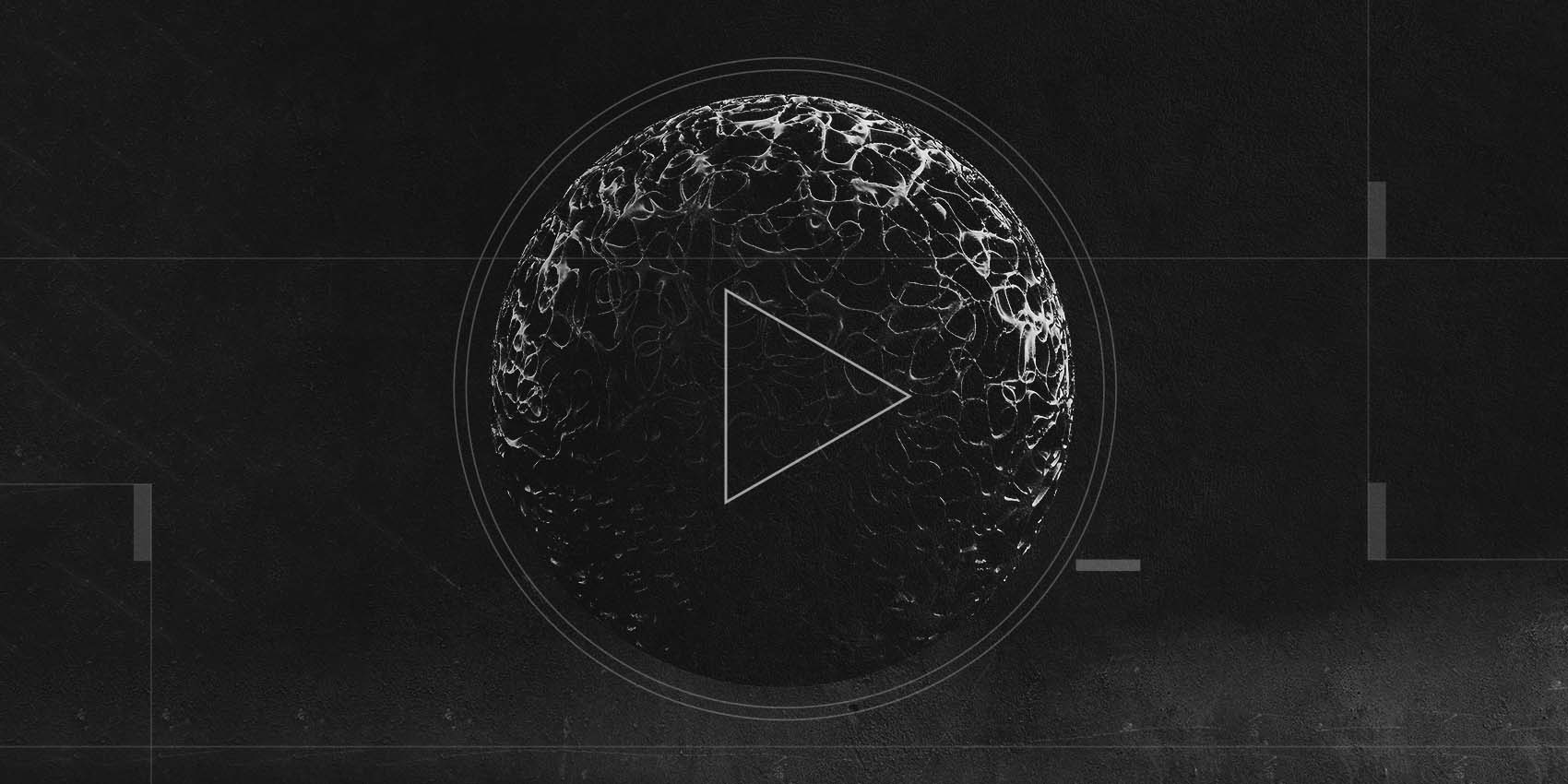-
play_arrow
KracRadio
-
 play_arrow
play_arrowTop Techno Podcast Yana Bolder
-
 play_arrow
play_arrowSummer Festival Podcast Robot Heart
-
 play_arrow
play_arrowElectronic Trends Podcast Aaron Mills
-
 play_arrow
play_arrowNew Year Eve Podcast Robot Heart
-
 play_arrow
play_arrowTechno Podcast Robot Heart
-
 play_arrow
play_arrowFlower Power Festival Podcast Robot Heart
-
 play_arrow
play_arrowTech House Podcast Robot Heart
-
 play_arrow
play_arrowWinter Festival Podcast Robot Heart
POST PUNK and COLD WAVE

| Monday | 10:00 am | trending_flat | 11:00 am |
|---|---|---|---|
| Tuesday | 10:00 am | trending_flat | 11:00 am |
| Wednesday | 10:00 am | trending_flat | 11:00 am |
| Thursday | 10:00 am | trending_flat | 11:00 am |
| Friday | 10:00 am | trending_flat | 11:00 am |
Post-punk and cold wave are two closely related musical genres that emerged in the late 1970s and early 1980s. They share similar characteristics, but also have distinct differences. Here's a description of each of these genres:
Post-punk :
Post-punk is a musical genre that evolved from the punk movement of the 1970s. It is characterized by its experimental spirit, its break with the musical conventions of punk, and its exploration of new sonic territories. Post-punk incorporates elements of punk, rock, new wave and experimental music.
Characteristics of post-punk :
- Complex music: Post-punk is distinguished by its more complex music, with elaborate arrangements, unconventional song structures and sonic experimentation.
- Varied themes: Post-punk lyrics often deal with a variety of themes such as politics, society, philosophy, human relationships and deep emotions.
- Dark mood: Post-punk often has a dark, introspective mood, with melancholy melodies and expressive vocals.
- DIY influence: The post-punk movement was closely associated with the Do It Yourself (DIY) ethic, where bands often performed independently and involved themselves in every aspect of their music.
- Pioneers: Iconic post-punk bands include Joy Division, Siouxsie and the Banshees, The Cure, Gang of Four and Wire.
Cold wave :
Cold wave is a sub-genre of post-punk that emerged around the same time. It is characterized by its more minimalist and atmospheric approach, with frequent use of synthesizers, drum machines and electronic effects. Cold wave emphasizes a cold, distant aesthetic, creating an icy, hypnotic ambience.
Cold wave characteristics :
- Use of synthesizers: Synthesizers play an essential role in cold wave, creating icy electronic sounds and hypnotic bass lines.
- Dark atmosphere: cold wave shares a dark, melancholy mood with post-punk, but accentuates the cold, distant aspect.
- Ethereal voices: Cold wave singers often have ethereal, enigmatic voices that enhance the atmosphere of the genre.
- Electronic experiments: Cold wave explores experimental electronic sounds, using effects and sound manipulation to create a unique atmosphere.
- Pioneers: Iconic cold wave bands include The Sisters of Mercy, Clan of Xymox, The Chameleons, and Cocteau Twins.
In short, post-punk and cold wave are two musical genres that emerged in the 1970s-1980s and share common characteristics, such as dark themes and a melancholic mood. Cold wave is distinguished by its greater use of synthesizers and minimalist approach, while post-punk explores more complex and experimental sounds. These genres have had a lasting influence on alternative music, and are still appreciated by many passionate listeners.
CE SITE EST UNE CRÉATION DE Agence Web & SEO H1SITE.COM

